Significance
Most of what can be seen today in Long-shan Temple was created over the course of several reconstructions carried out between 1820 and 1861 during the Qing Dynasty. Sometimes called the “Imperial Palace of Taiwan,” Long-shan Temple is a large temple with a well-designed layout and intricate craftsmanship. The temple is considered to be the best-preserved Qing dynasty building in Taiwan. There are five Long-shan Temples in Taiwan, all of whose deities were consecrated and brought over from Anhai Long-shan Temple in China’s Fujian Province. The Lukang Long-shan Temple is the best-preserved of the five. Although the temple was damaged in a number of natural disasters, its original construction techniques were employed during rebuilding and repairs to retain its appearance. For this reason, many exquisite architectural works and carvings have been preserved.
History
Lukang’s Long-shan Temple was said to have been constructed in 1653, during the Ming Dynasty. Settlers at the time brought a statue of Guanyin (the Goddess of Mercy) from Anhai Long-shan Temple in Jinjiang County, Zhangzhou Prefecture of Fujian Province, China. In 1786, the temple was relocated to its present site. In 1798, local gentry decided to enlarge the temple to accommodate the growing number of local worshippers. This expansion project set the layout of Long-shan Temple for all future renovations. During the Japanese rule of Taiwan, the Temple was damaged by fires and earthquakes, but each time the temple was able to hire prestigious craftsmen to apply traditional construction techniques to restore it so that Long-shan Temple continued to retain its original appearance. In 1983, it was designated as a first class national historic site. The powerful Jiji Earthquake of 1999 caused critical damage to the temple. Its appearance today is the result of the major reparation that followed the earthquake. The temple measures over 1,600 ping, or 5300 square meters. It is 35 meters in width, and 110 meters in depth. The layout of the temple compound consists of three rows of buildings separated by two courtyards. This is known as a sānjìn èryuàn design, a term adopted by historians for a building layout consisting of two adjoining rectangles, a configuration that resembles the Chinese character “日” (“sun” or “day”). Behind the main gate (sānmen) visitors can progress from the front hall (also called the Five Portal Hall) to the main hall, and finally the rear hall.
Special Features
1The Main Gate (sānmen) The roof over the main gate of the Lukang Long-shan Temple has double eaves with an extra gable in the center (zhòngyán sìchuídǐng). The design increases the height and number of levels of the roof to give the temple a greater sense of magnificence and solemnity.
The roof over the main gate of the Lukang Long-shan Temple has double eaves with an extra gable in the center (zhòngyán sìchuídǐng). The design increases the height and number of levels of the roof to give the temple a greater sense of magnificence and solemnity.
2Octagonal Caisson Ceiling (bāguà zǎojǐng) Caisson ceilings are the pinnacle of ceiling design in traditional Chinese architecture. In temples, they add a sense of imposing loftiness to the interior. The Chinese term for caisson literally means “algae well” (zǎojǐng). Since algae usually float on top of water, this name symbolizes divine power “watching over” the believers below. Moreover, because traditional Chinese buildings were constructed of wood, fire was a constant danger and the water nature of caissons insinuates protection against fires. Caisson ceilings are usually decorated with colorful carvings and designs, and can be circular, square, hexagonal, or octagonal in shape. The octagonal caisson ceiling in Lukang’s Long-shan Temple is the best designed in Taiwan. It was built during the temple’s 1831 reconstruction. This masterpiece is the oldest of its type in Taiwan. Installed over the Theater Pavilion, this ceiling makes a great backdrop for the performances.
Caisson ceilings are the pinnacle of ceiling design in traditional Chinese architecture. In temples, they add a sense of imposing loftiness to the interior. The Chinese term for caisson literally means “algae well” (zǎojǐng). Since algae usually float on top of water, this name symbolizes divine power “watching over” the believers below. Moreover, because traditional Chinese buildings were constructed of wood, fire was a constant danger and the water nature of caissons insinuates protection against fires. Caisson ceilings are usually decorated with colorful carvings and designs, and can be circular, square, hexagonal, or octagonal in shape. The octagonal caisson ceiling in Lukang’s Long-shan Temple is the best designed in Taiwan. It was built during the temple’s 1831 reconstruction. This masterpiece is the oldest of its type in Taiwan. Installed over the Theater Pavilion, this ceiling makes a great backdrop for the performances.
3The Temple’s Bronze Tang Dynasty Style Guanyin Statue Placed at the center of the shrine in the main hall of the temple is a Tang dynasty style bronze Guanyin statue called the Guanyin of Seven Treasures (qībǎotóng guānyīn) because it is wearing a seven-treasure pentagonal crown. The statue sits cross-legged with eyes slightly open and the hands in the meditation position in front. This Tang style statue is a classic work from the late Ming dynasty.
Placed at the center of the shrine in the main hall of the temple is a Tang dynasty style bronze Guanyin statue called the Guanyin of Seven Treasures (qībǎotóng guānyīn) because it is wearing a seven-treasure pentagonal crown. The statue sits cross-legged with eyes slightly open and the hands in the meditation position in front. This Tang style statue is a classic work from the late Ming dynasty.
4Dragon Columns in the Worship Hall The dragon columns supporting the Worship Hall (an open area in front of the main hall for believers to make preparations to pay respects to deities) were reinstalled during the 1852 renovation. The design features a dragon in high relief with its tail circling up each column. The dragons hold a pearl in one of their front paws and another pearl in their mouths. Their fangs are exposed, giving the carvings a very lifelike appearance. On the back of each column are carved four auspicious animals, the phoenix, qiling (a dragon-like creature with a horse’s body), crane, and turtle. These columns are also referred to as the Four Spirit Columns (sìlíngzhù), since these creatures are seen as symbols of rarity, preciousness, auspiciousness, and longevity.
The dragon columns supporting the Worship Hall (an open area in front of the main hall for believers to make preparations to pay respects to deities) were reinstalled during the 1852 renovation. The design features a dragon in high relief with its tail circling up each column. The dragons hold a pearl in one of their front paws and another pearl in their mouths. Their fangs are exposed, giving the carvings a very lifelike appearance. On the back of each column are carved four auspicious animals, the phoenix, qiling (a dragon-like creature with a horse’s body), crane, and turtle. These columns are also referred to as the Four Spirit Columns (sìlíngzhù), since these creatures are seen as symbols of rarity, preciousness, auspiciousness, and longevity.
5Colorful Door God Paintings in the Five Portal HallThe front hall of Long-shan Temple is called the Five Portal Hall, so named because of the five pairs of entry doors along its front side. On the center pair is painted the two principal door guardians of Buddhism, Weituo and Qielan. The Four Great Kings of Buddhism adorn the other four pairs. All were created by Lukang’s renowned religious artist Guo Shin-lin (1902 – 1973). Many of the other colorful paintings in the temple are also his works. The two finely sculpted dragon columns in front of the hall are the result the 1831 reconstruction. All of the creatures carved on the columns are called by homophonic names with auspicious connotations. For example, on each of the columns are five white cranes. The ten cranes together allude to the Chinese saying shíquánshíměi, which means to be perfect in every respect. The cranes are holding lingzhi mushrooms in their mouth, a symbol of longevity and happiness. The bottom of the stone drums placed to support the door jambs at the entrance are carved with depictions of two young boys, one holding a lotus leaf and the other a plantain leaf. The Chinese words for boy, lotus, and plantain leaf combine to make a homophone for a Chinese saying expressing wishes for many honorable descendants (liánzhāo guìzǐ).
Reminders
The most important festivals at Lukang’s Long-shan Temple each year are Guanyin’s birthday celebration from the 12th to the 19th of the second month of the lunar calendar and the Amita Buddha birthday celebration from the 10th to the 17th of the eleventh month of the lunar calendar. During these two festivals, a great number of people visit the temple to make offerings and pay respects. Additionally, before the Dragon Boat Festival each year, the organizer of the dragon boat races in the Lukang area comes to make offerings to the Dragon King, who is also enshrined in the temple, and escort it to the dragon boat race venue to start off the festival of the Dragon King.
Panoramic
Directions